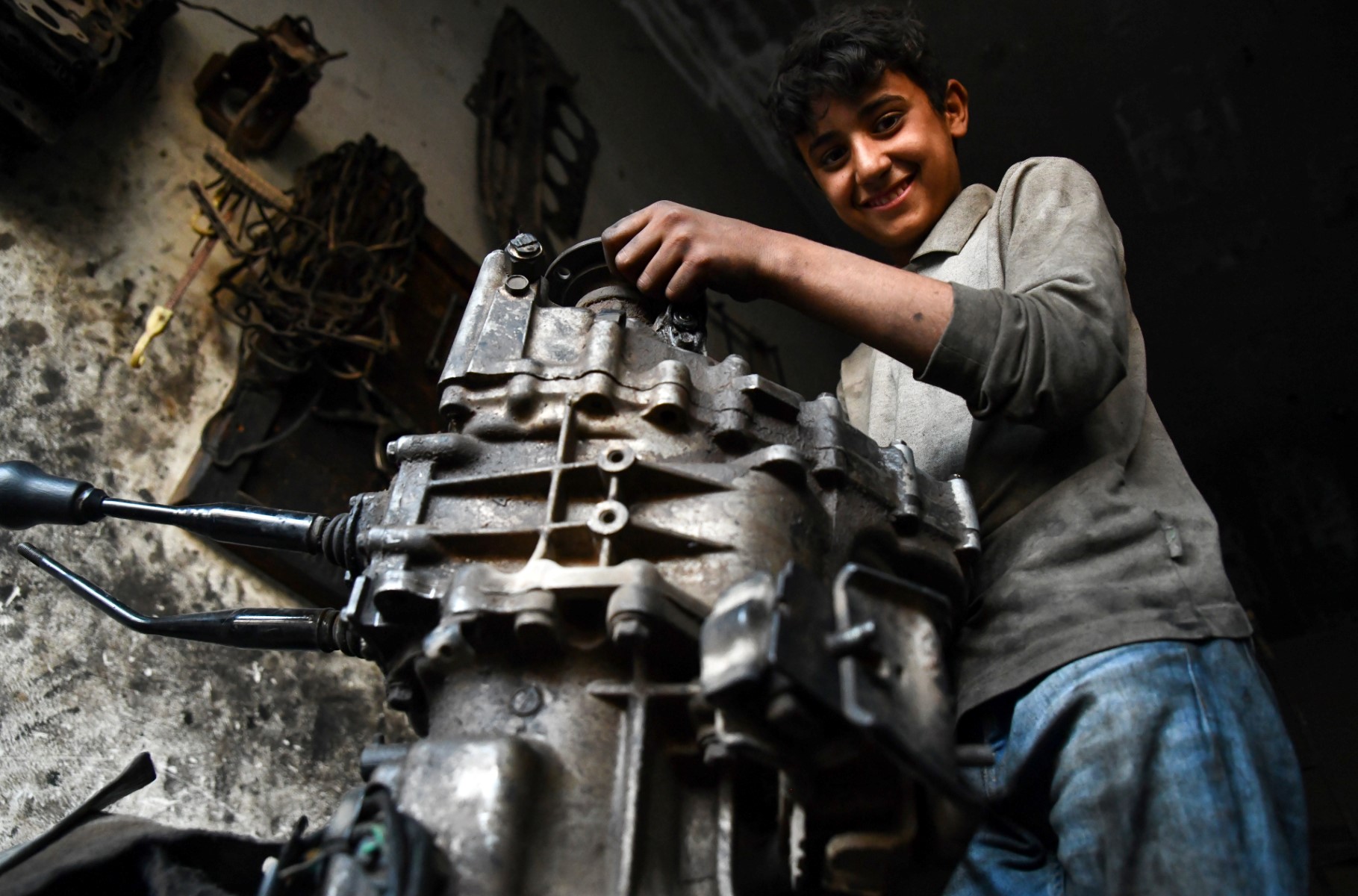GENEVA – Child labor is on the rise for the first time in 20 years, said International Labor Organization’s (ILO) Director-General Gilbert Houngbo who identified the root cause of child labor as not parental neglect but a systemic lack of social justice.
In a staggering revelation, the International Labor Organization (ILO) has reported that one in every 10 children globally, amounting to 160 million children, are engaged in labor, often at the expense of their education.
This alarming statistic was released on World Day against Child Labor, emphasizing the urgency to combat this widespread issue.
Houngbo took to Twitter to outline the most effective strategies to address the child labor crisis, which include providing decent work opportunities for adults to support their families, and bolstering social protection systems.
Additionally, he emphasized the need to tackle the underlying causes of child labor by eradicating forced labor, ensuring safe and healthy workplaces, empowering workers to organize and voice their concerns, and eliminating discrimination, given that child labor predominantly impacts marginalized communities.
A disturbing majority of children subjected to labor, approximately 86.6 million, reside in sub-Saharan Africa, as per joint research by the ILO and UN Children’s Fund (UNICEF). Nearly one in four children in this region are trapped in child labor, the report revealed.
The ILO has been at the forefront of initiatives to halt the worst manifestations of child labor. Its focus is on promoting social justice as an integral solution to eradicating child labor. The ILO has undertaken projects in countries like Jordan aimed at facilitating the transition of children from work to school.
In addition, the ILO has created tools such as eLearning modules and an app to help understand and combat child labor. They are also collaborating with the Community of Portuguese Language Countries (CPLP) on this pressing issue.
The ILO’s International Programme on the Elimination of Child Labor and Forced Labor (IPEC+) is dedicated to eliminating all forms of child labor by 2025, aligning with Sustainable Development Target 8.7.
In the same vein, the UN’s Food and Agriculture Organization (FAO) is striving to eliminate child labor within key sectors such as cocoa, cotton, and coffee.
The FAO’s initiatives have already impacted more than 10,000 individuals in Burkina Faso, Mali, and Pakistan. Moreover, the FAO has established a framework for ending child labor in agriculture and supported countries like Uganda and Cabo Verde in formulating preventive policies.
The rise in child labor after two decades of decline underscores the need for renewed commitment and action from all global stakeholders to ensure every child’s right to a safe childhood free of labor and full of learning opportunities.

